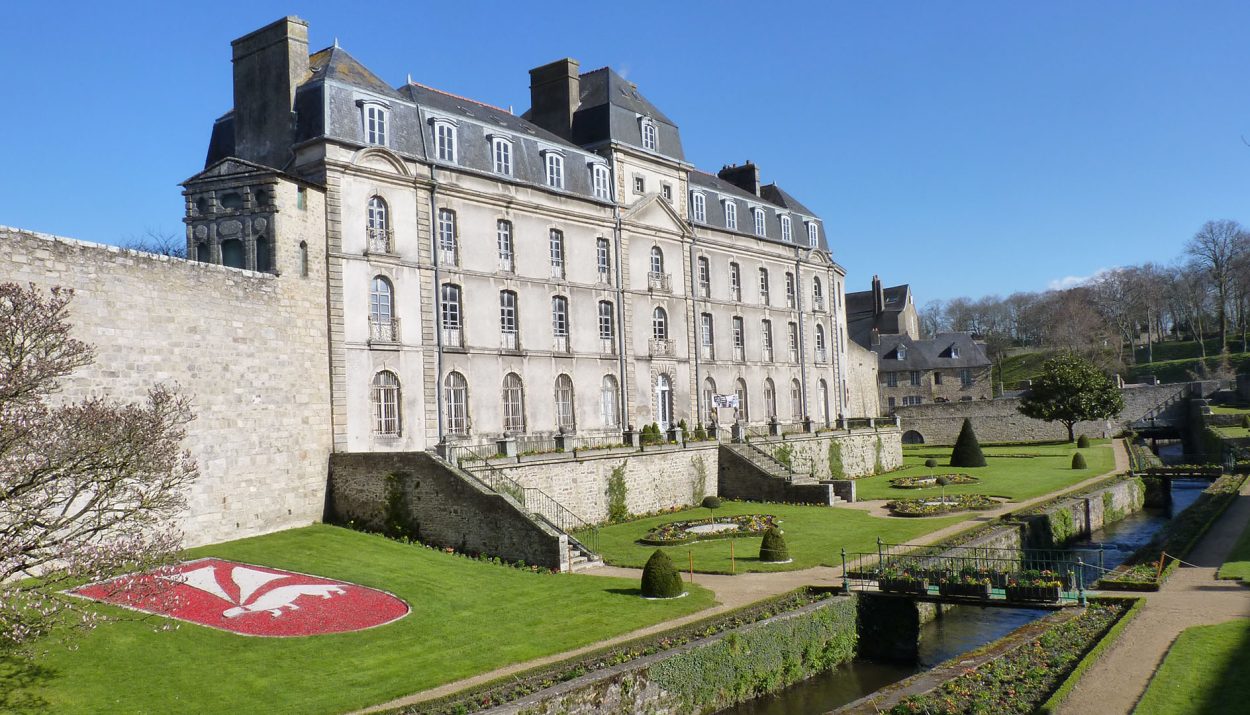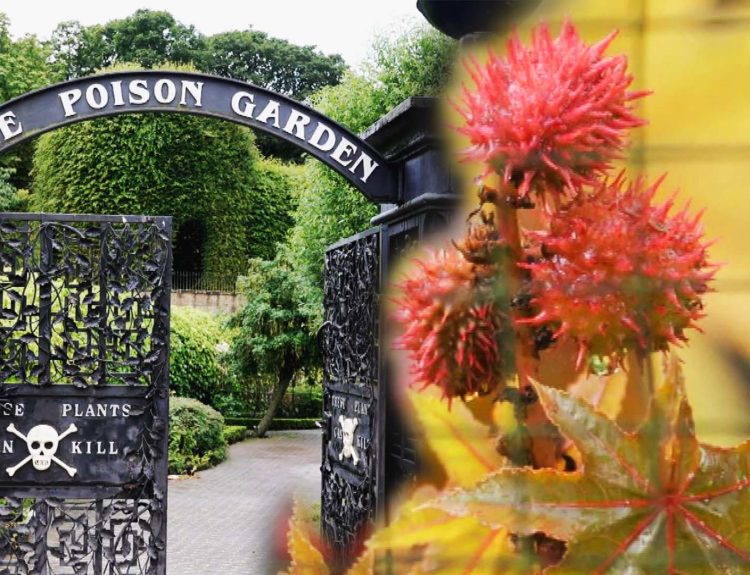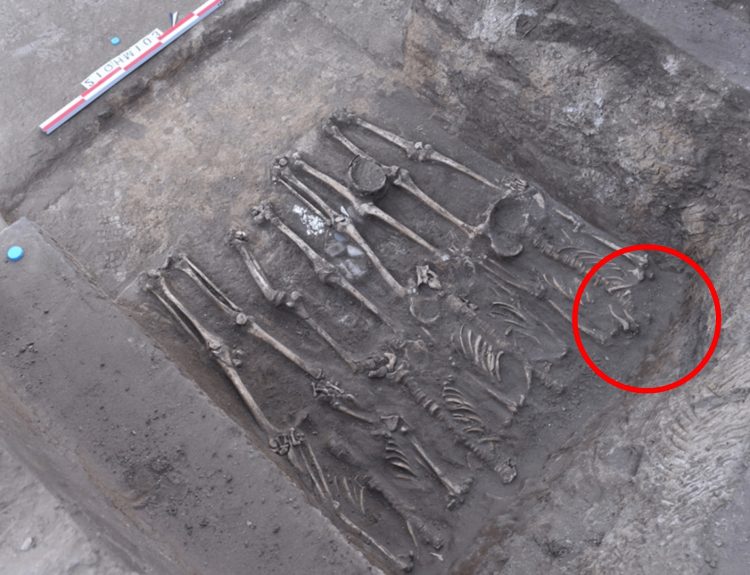Guests who have vacationed at the Lagorce Hotel in Vannes, France, near the west coast of Brittany had no idea that below their feet was the remains of a 14th century castle that was so well-preserved that its moat still held water.
The French National Institute of Preventive Archaeological Research, or INRAP, knew that the 18th century hotel was built upon the ruins of an older structure, but they were surprised at the grandeur and state of preservation of the ruins beneath the French hotel.
Revamping the Centuries Old Hotel
About this time last year, plans were discussed to turn the Lagorce Hotel in Vannes, France, into the new home of the region’s Museum of Fine Arts. Since the hotel itself is quite old and it was known to have been built on the ruins of an older structure, archaeologists from INRAP were brought in to excavate the site.

The archaeology team conducted digs in the cellars and courtyard of the Lagorce Hotel. What they discovered was the remarkably well-preserved remains of a castle and fortress built in 1381 which was once the home of John IV, the Duke of Brittany.
Hiding Beneath the Hotel’s Courtyard
The excavation work in the courtyard of the Lagorce Hotel revealed the remains of a medieval tower that, at one time, overlooked the castle’s moat. They also discovered the ground floor of the castle and several staircases decorated with carved wood molding.

The archaeologists were able to learn that the old castle was roughly 138 feet long and 56 feet wide. In places, the stone walls were 18 feet thick. But who lived in this fortified castle?
The Home of the Duke of Brittany
The ruins were once a medieval castle known as Château de l’Hermine. It was built in 1381 as the home and strategic fortress of John IV, the Duke of Brittany, who was also called John IV the Conqueror.
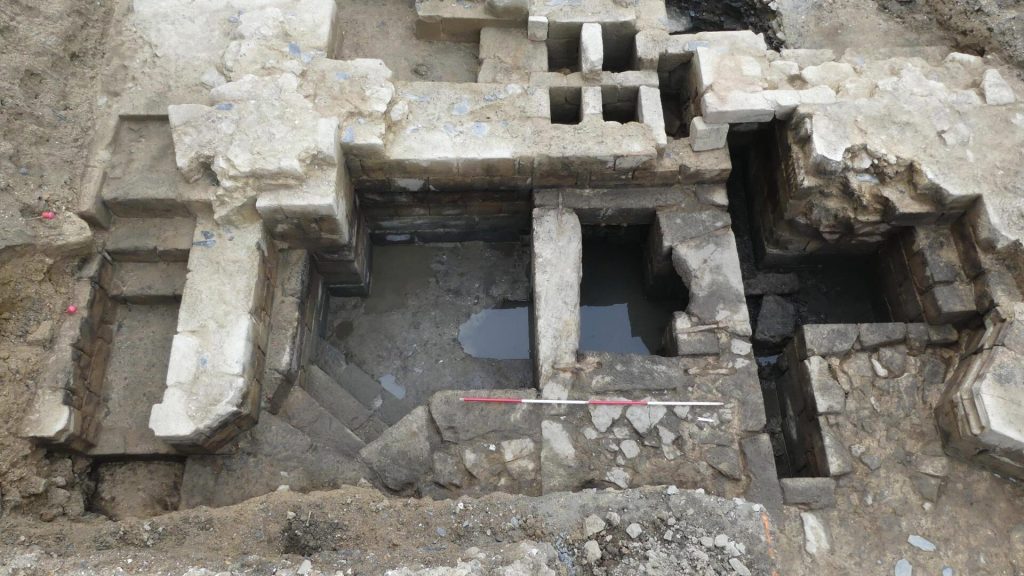
From the excavation, the archaeologists could see that the castle cleverly combined the defensive structures with the residential ones. The defensive features of the castle also hint at the conflict that plagued the region in the 1300s.
Brittany Was Feudal State
Prior to the 10th century, Vikings inhabited the coast of Brittany. When they were ousted from the region, Brittany became a medieval feudal state called the Duchy of Brittany. A duchy is basically like a small, independent country.

From the 10th to the 16th centuries, the Duchy of Brittany was ruled by a series of dukes who inherited the position. John IV’s reign began in 1365. The Duchy of Brittany was still vulnerable to attacks by seagoing marauders, so John IV commissioned the construction of several castle fortresses across the region.
John IV Was a Wealthy and Important Duke
The archaeologists learned more about the construction of the Château de l’Hermine. In a press release, INRAP explained, “The construction of the building took place in a single phase, which demonstrates the importance of the financial and human resources used.”

It also offers a clue as to the wealth and importance of John IV. “The remains indicate that John IV knew how to surround himself with the best engineers and craftsmen of the time,” INRAP stated.
John IV Was Actually the Fifth John
The numbering system after John’s name is rather confusing. His father, John of Montfort, attempted to seize the Duke of Brittany title but his claim was disputed by most. Because of this, John of Montfort is called John of Montfort, not John IV.

His son, John IV was given the “4” after his name even though he was the fifth John in the succession. In medieval French sources, he is called John IV, but in English sources, he is John V. The best way to clear up the confusion is by looking for the nickname “The Conqueror”. That will clear things up.
Just Who Did John IV the Conqueror Conquer?
John IV was an infant during the Breton War of Succession. After his father’s death, John IV’s mother, Joanna of Flanders – known as Fiery Joanna – fled to England with her infant son.

In 1364, after living for more than twenty years in the household of England’s King Edward III, John IV returned to Brittany with the English Army and won back his title in a victory over the House of Blois – his cousins – at the Battle of Auray.
A Short-Lived Castle
During John IV’s rule, the Chateau de l’Hermine was the seat of the Duchy of Brittany – its capital, if you will. But it didn’t last long. Within 100 years, the castle had fallen into disrepair.

Duke Francis II, the grandson of John IV, moved the seat from Chateau de l’Hermine to another location. By this time, the village of Vannes which surrounded the castle, was left with the broken-down castle.
New Uses for an Old Structure
The ruins of the old castle were still strong and sturdy. A new building was built on top of them. Throughout the 18th through 20th centuries, the building was expanded and renovated numerous times.

It was also used for different purposes. It served as a law school, government offices, and finally the Lagorce Hotel. But even that is about to change as the building is slated to become an art museum.
Archaeologists Located the Castle’s Moat
When it was in use as a fortress, the Chateau de l’Hermine was encircled by a deep moat … another defensive feature. Archaeologists unearthed the moat which was filled with “very wet material.” Support piers were discovered to show archaeologists where the bridge over the moat would have been located.
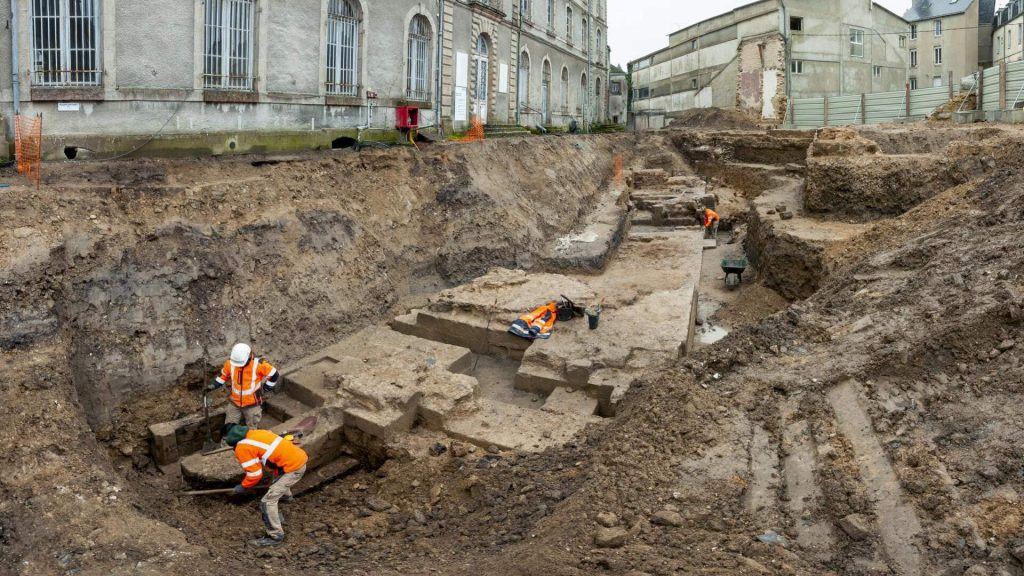
Within the moat itself, the researchers discovered small artifacts such as pins, jewelry, graffiti-covered tiles, fragments of clothing, and buckles. They even found a padlock and key. As INRAP explained, “Archaeologists conducted a deep survey in the moat…they extracted rich furniture.”
Archaeologists Even Searched the Latrines
According to the INRAP press release, the archaeological team even located and searched the castle’s latrines and drainage pipes. The pipes, they determined, were designed to reach three or four stories high, providing a clue to the original height of the Chateau de l’Hermine.
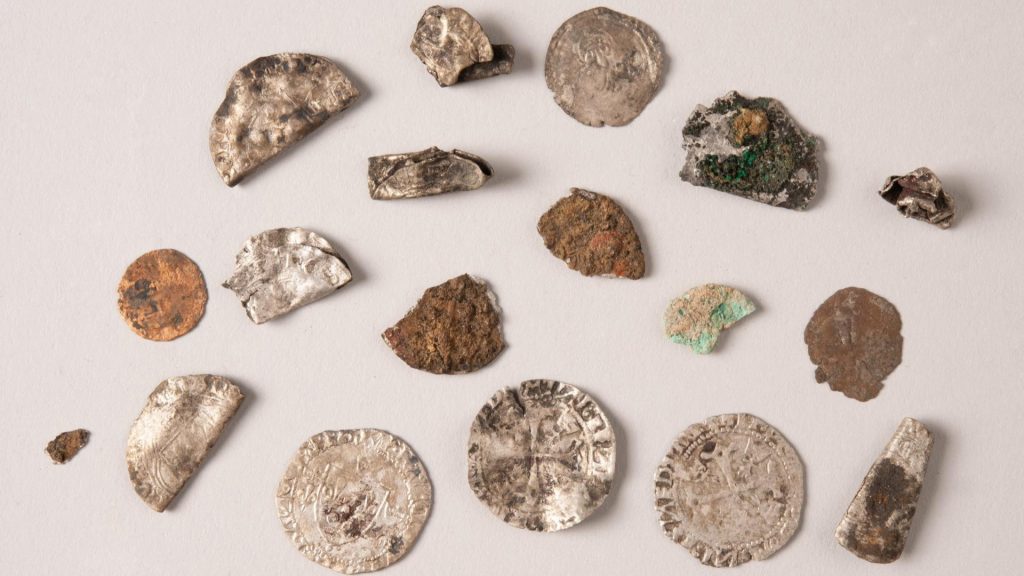
Within the latrines, archaeologists found a few coins. In those days, people often discarded broken objects into latrines. That was the case with the Chateau de l’Hermine. The researchers recovered broken wooden bowls and cooking utensils.
New Insight into the Design of the Chateau de l’Hermine
Historians and researchers did not have recorded information about the layout and design of the Chateau de l’Hermine until the excavation work began at Lagorce Hotel. According to INRAP, “The excavation revealed little by little the plan of the ground floor.”

The press release continued, “The ducal house … is endowed with walls of an exceptional thickness. Directly bordered by a moat, it is flanked to the west of what one can call a ‘square tower’.”
Remarkably Well Preserved
According to INRAP, the ruins of the castle and the artifacts that have been recovered are remarkably well preserved. Even the wooden items have remained largely intact, thanks to the low humidity levels of the region. In addition, INRAP has called the site “incredibly well-managed.”

The press release explains, “The homogeneity of the materials used for the construction of the castle and the standardization of the modules show a mastery of the management of the site throughout the operating chain, from the extraction of stone to its implementation.”

